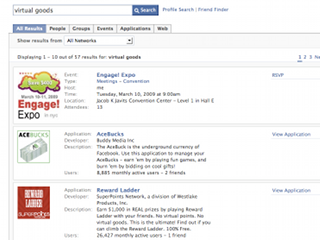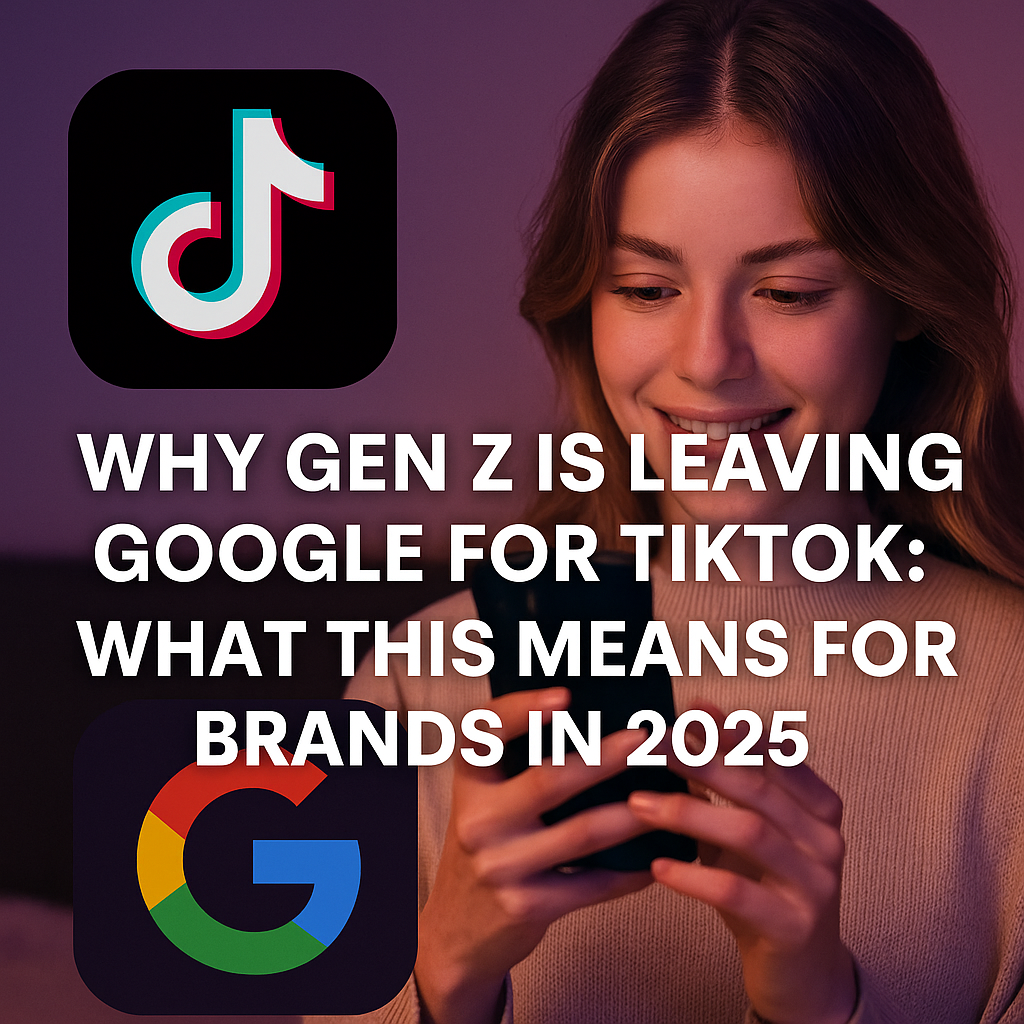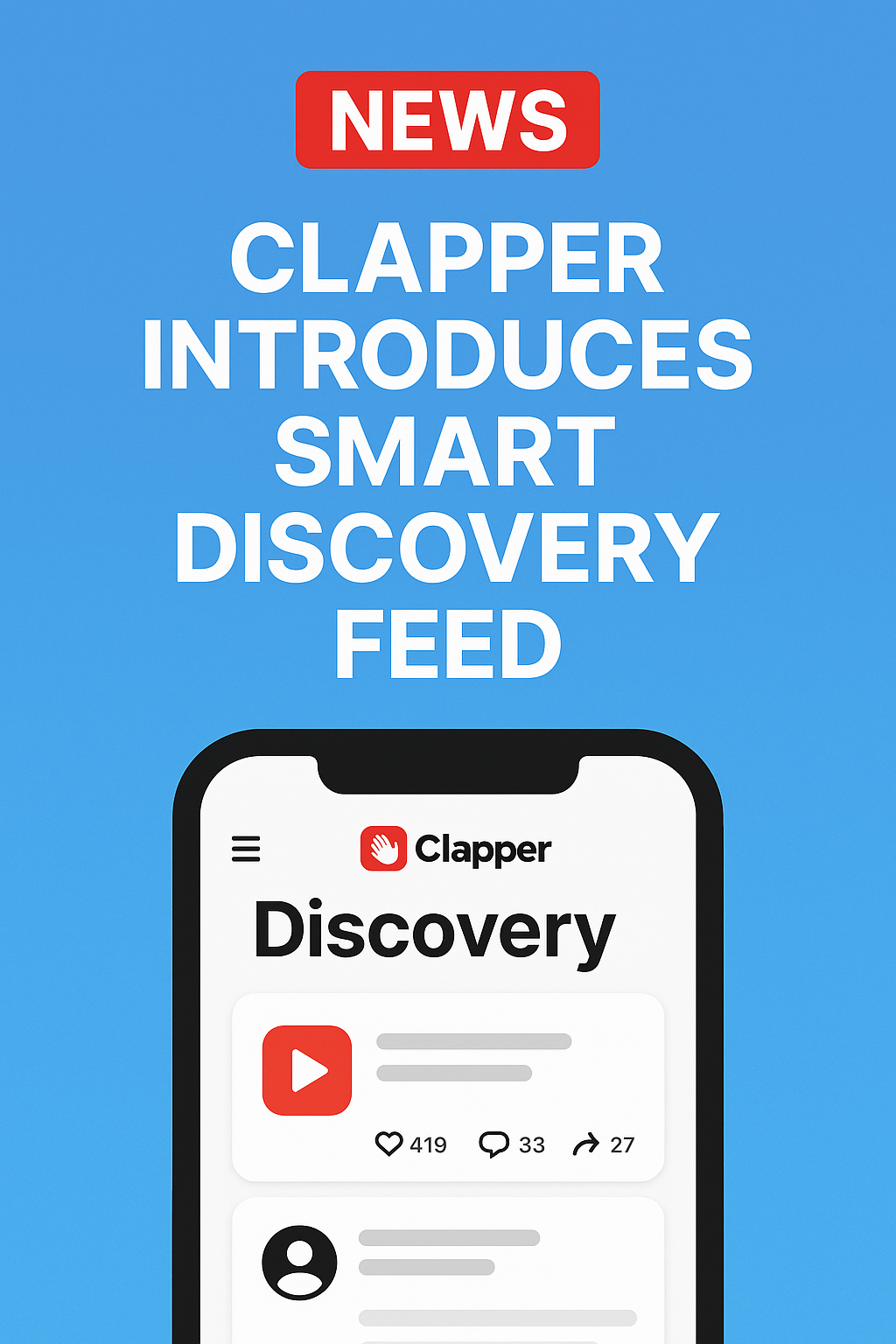 I’ve
I’ve
been posting on what Facebook could do to increase its sales of digital
gifts, breaking down tactics into three categories, Means, Motives and Opportunity. We’ve covered Means and Opportunity, and today we’ll address Motive.
Motive
Let us start by understanding the motives of gift givers. Gifting
serves the same purposes on Facebook as it does in the real world.
Firstly, it serves to strengthen social ties. Secondly, it serves to
draw the receivers attention to the gift giver. Facebook can increase
motivation for gift giving by playing into these two familiar
behaviors, looking to the real world for conventions that can easily be
borrowed.
Strengthening Social Ties
One of the strongest conventions of gift giving is reciprocity. It
is awkward to receive a holiday card from someone that you did not send
a card to. So too with virtual gifts. But right now it is difficult to
know who has given you a Facebook gift. Since virtual gifts are given
with the context of the wall, the wall is the best place to highlight
gift giving. If each time I visited a friends wall I could prominently
see what gifts that friend had given me, that would increase the
pressure for me to buy a virtual gift for my friend to accompany my
wall posting, especially so if it was a gift giving occassion (such as
a birthday, holiday etc). Of course the opposite is also true – if a
friend had not given me any virtual gifts you would not want to
highlight that at the point at which I was considering whether to give
a gift myself.
Gift giving is strongly influenced by immediate social norms. If I
were to show up a dinner party empty handed when all the other guest
had brought a bottle of wine, I would also feel awkward. People look to
the behavior of others to see what is appropriate for their own
behavior. Once again, the wall is the right place to highlight this.
Right now the wall displays all postings in reverse chronological
order. Since a new wall posting appears on the top of the wall, you
will only see the most recent postings on your friends wall, many of
which may not have digital gifts attached. What if the top postings on
the wall were those with virtual gifts attached, and then reverse
chronological order after that? (Perhaps with some time limitation, so
that top posts would be virtual gifts received say in the last week).
This would create a sense of social pressure to a visitor to the wall
who would see virtual gift giving as a social norm. This will be
especially effective around traditional gifting occasions as before. By
highlighting desired behavior, you can influence social norms in the
direction that you want.
Drawing Attention to the Gift Giver.
Facebook can be a noisy environment. On your birthday you can
receive 10s and even 100s of birthday well wishes. That is a lot of
messages to sort through, and often these wishes are not responded to
individually due to the volume. How can I make my well wishes stand out
from the rest? How can I show how good a friend I am or how much I
care? One way is to attach a virtual gift. Because the gift is not
free, the very act of attaching a gift serves to differentiate my
message from the rest. This is visible not just to the recipient, but
also to all other visitors to the profile. Facebook could makes product
changes to make this differentiation more prominent. One way would be
to “pin” gifts to the top of the wall for some period, as noted in the
preceding paragraph. Another would be to similarly “pin” gifts received
to the top of the News Feed page for some period, ensuring that the
gift is noticed and emphasized to the recipient. Finally, having a
small profile picture accompany the gift, instead of just the name of
the giver on the News Feed would serve to further draw attention to the
gift giver.
Building from this approach, gift giving draws attention but it
currently cannot draw gradations of attention. The absence or presence
of a gift is the only distinction because all gifts currently cost the
same (with the exception of free sponsored gifts). If Facebook were to
provide gifts of different prices and levels, this would enable a gift
giver to express their interest in a more nuanced way. One problem with
implementing this approach on Facebook is the sheer volume of available
gifts. There are over 300 Facebook gifts available today. It will be
hard, if not impossible, for a gift recipient to tell what is a more
valuable gift versus a less valuable gift just by looking at the gift.
HotOrNot’s Meet Me solved this problem by starting with a small range of gifts with value tied to a conventional scale; flowers,
ranging from the least valuable daisies to the most valuable red roses.
Given the profusion of gifts available on Facebook today, Facebook
would need to find some other way of demonstrating value to a recipient
than relying on the image itself. Perhaps it could show the point value
of each gift when the gift displays. But that is a bit crass – it is
like leaving the price tag on a gift. It may need more creativity to
make this obvious. Facebook could change the background color of the
gifts according to a scale of value that is well enough understood:
perhaps white – bronze – silver – gold? This would allow for the
current large range of gifts but make it easy to tell at a glance the
gradations of value.
Obviously, allowing gifts to have a range of prices will increase
the average sales price of gifts, hence increasing revenue from digital
gifts sales.
Motivation for Gift Receivers
Looking at gift givers motivations is only half the story. The other
half of the story is the gift recipient. What are their motivations?
One simple dynamic to increase gift recipients’ motivation to
receive gifts is to make gift getting competitive. Keep track of how
many gifts have been received and display this prominently. This could
be done on the profile page; in the same way that number of friends is
tracked and thumbnails of friends shown, number of gifts receieved and
thumbnails of gifts received could also be shown. Or it could be made
even more explicit with leaderboards for the people who have received
the most gifts. The power of displaying metrics to drive behavior is
well documented by game designers. (If you haven’t read Amy Jo Kim’s
work on game design for social environments,
you should). Once people want to receive more gifts, they will start
acting in ways that encourage gift giving, whatever that might be.
Game design provides a second possible mechanic to induce gift
recipients to want more gifts; collecting. Gifts are all treated the
same right now. If Facebook were to offer awards and achievements for
getting “sets” of gifts, you would most likely see some users work very
hard to collect gifts to complete those sets. PackRat
has shown just how powerful and addictive collecting behavior can be on
Facebook. Facebook could for example offer a free [birthday cupcake] to
give to someone else if you were given five [birthday cupcakes], or put
a custom Christmas skin on your wall if you received 10 Christmas
themed gifts.
I believe that through increasing the motivations of gift givers and
gift receivers, Facebook could see a more than doubling of their
virtual gifts revenue.
(For more from Jeremy, visit his blog)
















